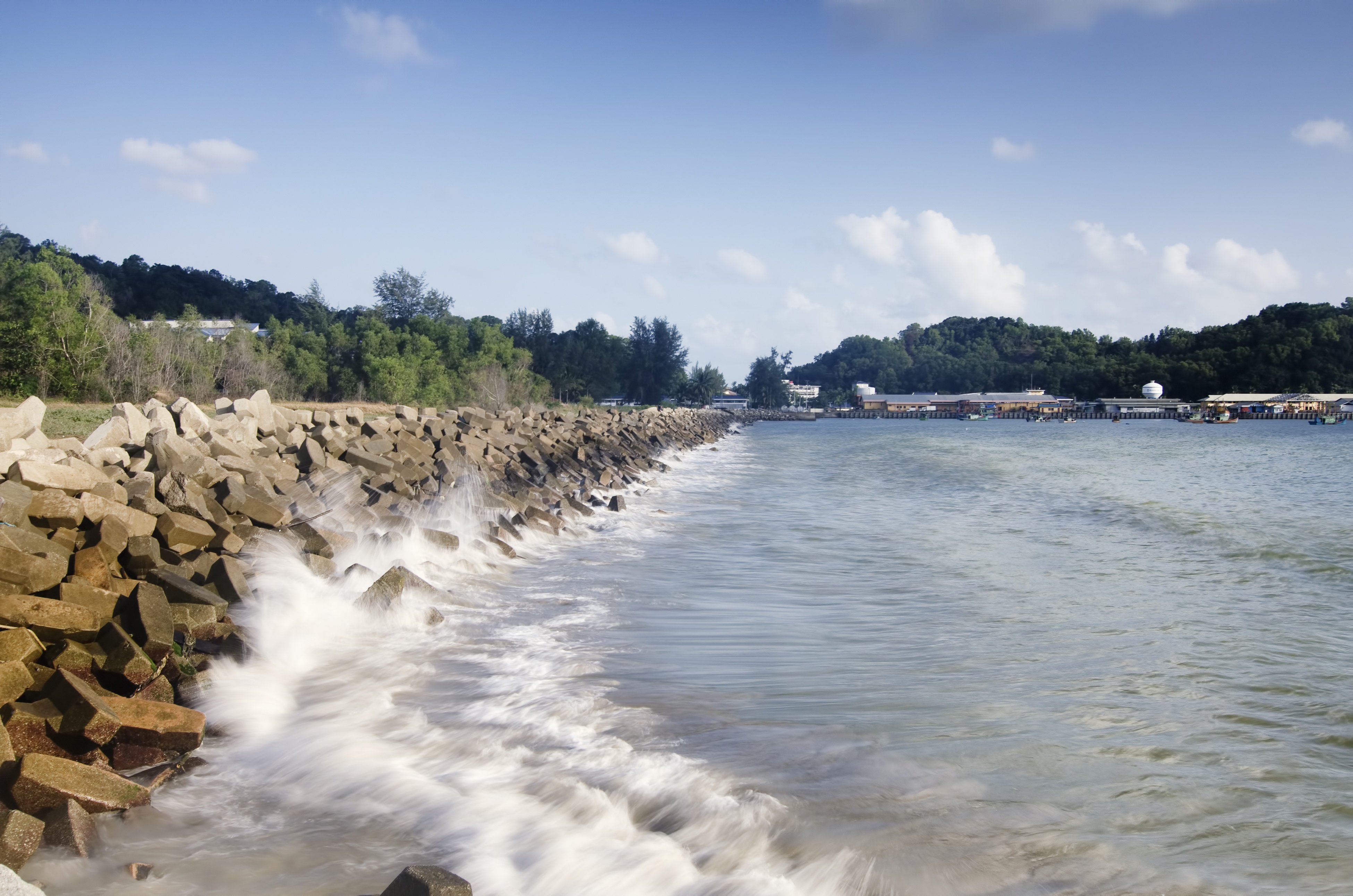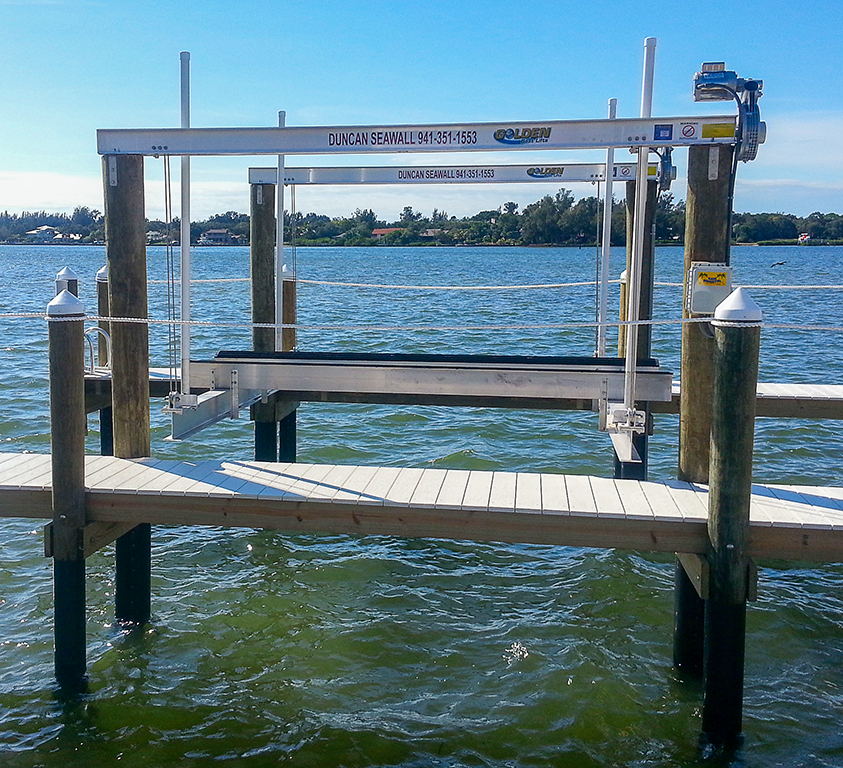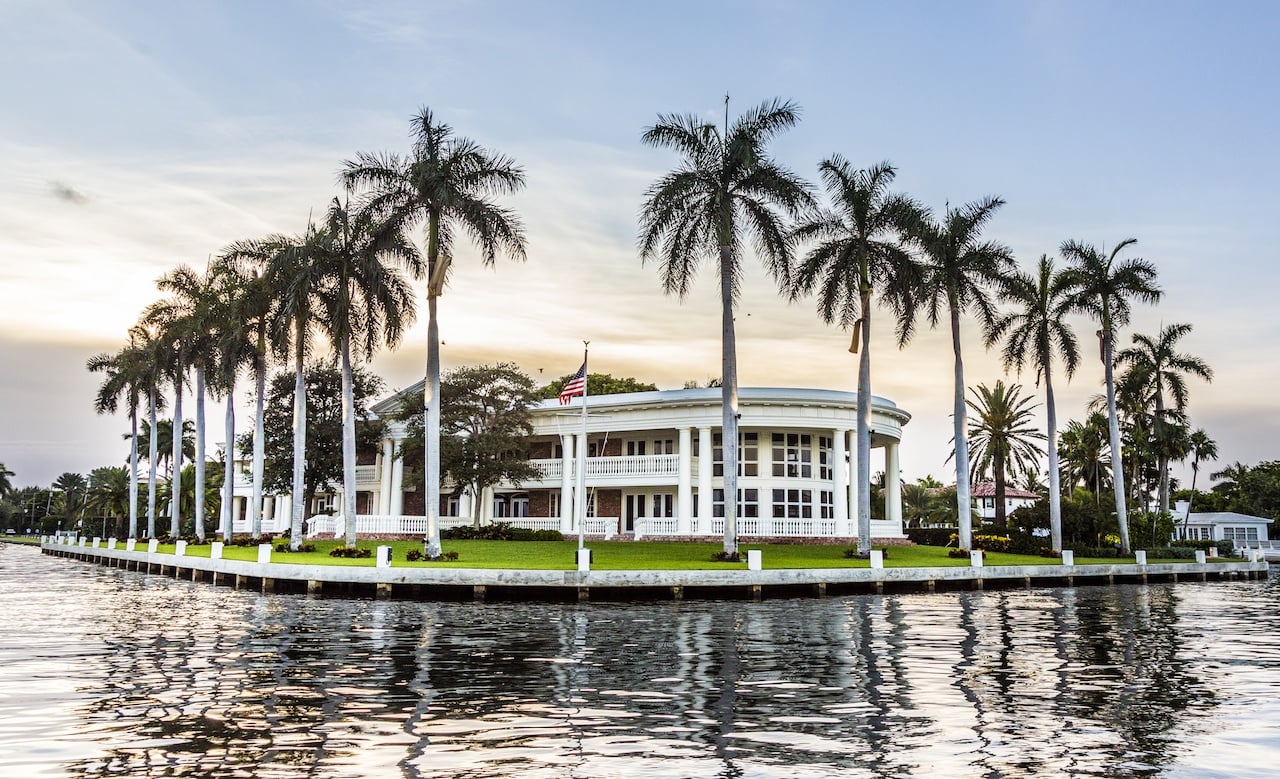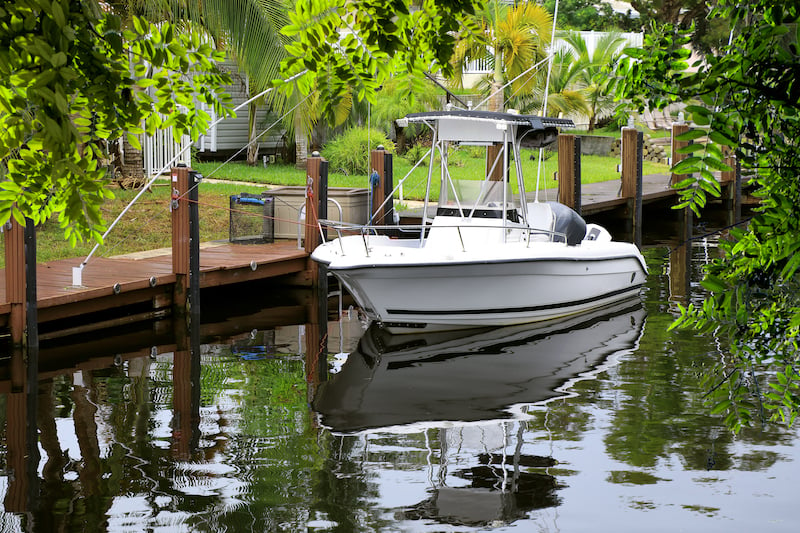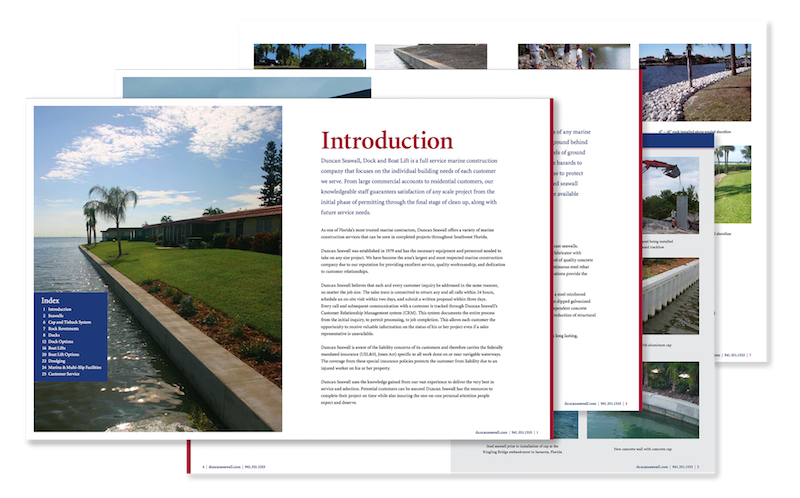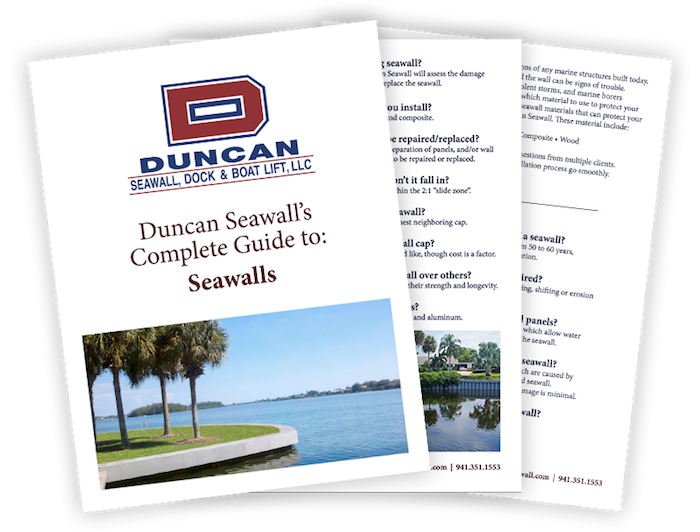Is your coastal property truly protected?
In the face of relentless waves and coastal erosion, protection against erosion has become synonymous with protecting your waterfront property. Two well-known methods for safeguarding these vulnerable properties, the breakwater and the seawall, are sometimes confused. However, they are quite different.
Related Blog: Fortify Your Waterfront Home with A Composite Seawall Installation
Both breakwaters and seawalls were designed with the intention of safeguarding waterfront properties, but only one truly protects and safeguards your waterfront property from coastal erosion.
Let's take a closer look at these two types of marine construction.
What Is a Breakwater?
A breakwater is built along the shoreline, extending into the sea or standing independently. Typically made of rocks or concrete, it forms a wall, or submerged barrier, parallel to the shore.
This barrier breaks the wave and reduces its impact on the shore. Breakwaters are typically installed in small harbors to shield boats from the open sea while they dock.
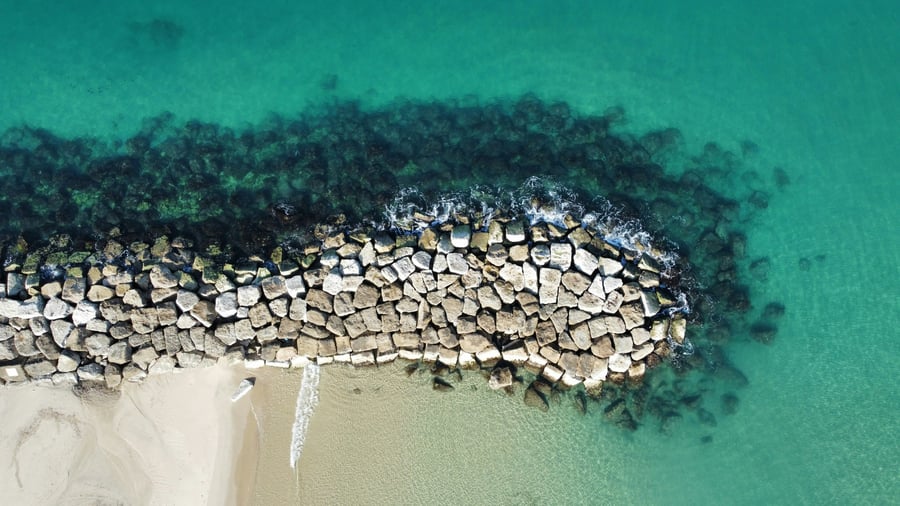
Can Breakwaters Protect My Waterfront Property from Erosion?
Breakwaters used to be constructed on beaches and shorelines to protect them from erosion until marine contractors found that they heavily depleted the sand and sediment from their immediate and wider surrounding areas. So, the short answer is no.
Unfortunately, the breakwaters caused a great deal more erosion damage expenses than the original cost of constructing them. Nowadays, knowing that breakwaters actually create additional erosion to their surrounding areas, they are typically only used to protect boats as they dock.
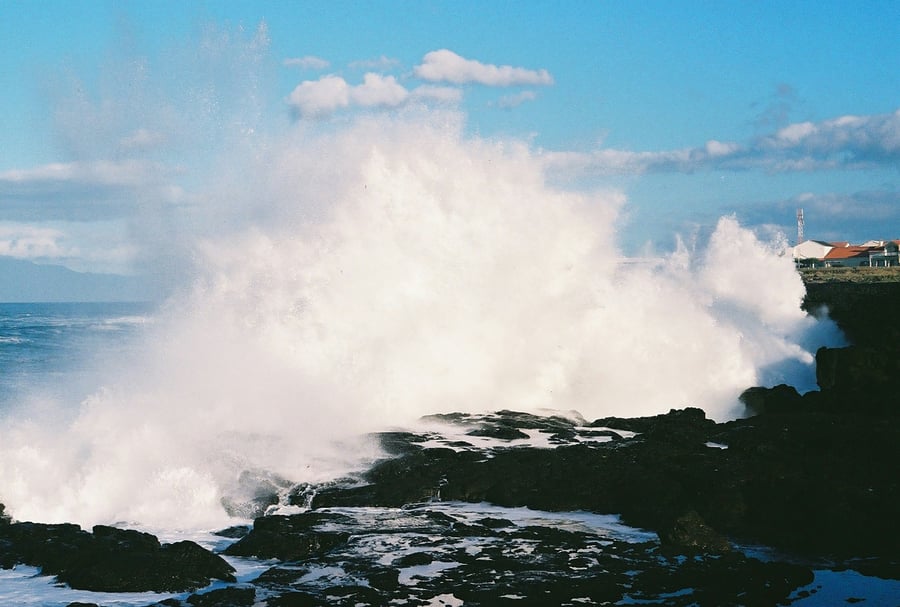
What Is a Seawall?
A seawall is a durable structure that protects your property's waterfront by deflecting waves as they hit the shore. They help prevent a range of waterfront problems, like tackling flood risks before they happen. Because seawalls need to withstand the full force of the tides, it's vital that they are constructed with high-quality craftsmanship and materials.
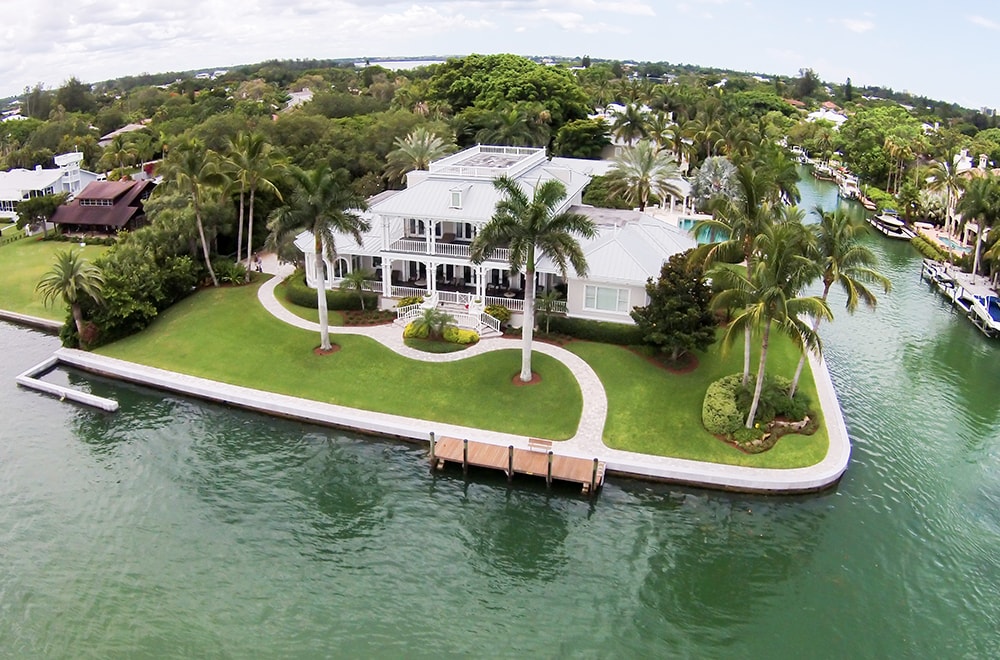
How Seawalls Protect Your Waterfront Property from Erosion
Unlike breakwaters, seawalls effectively protect waterfront properties and structures against erosion by dissipating the force of the waves using grooves in the wall.
The area directly next to a seawall, which doesn't have its own protection, may experience flanking erosion from the redirected force of the waves. However, this is far less drastic damage than the erosion caused by breakwaters. Seawalls can be crafted with a variety of designs and material options that are tailored to combating coastal erosion in the unique geography and marine conditions of each waterfront location.
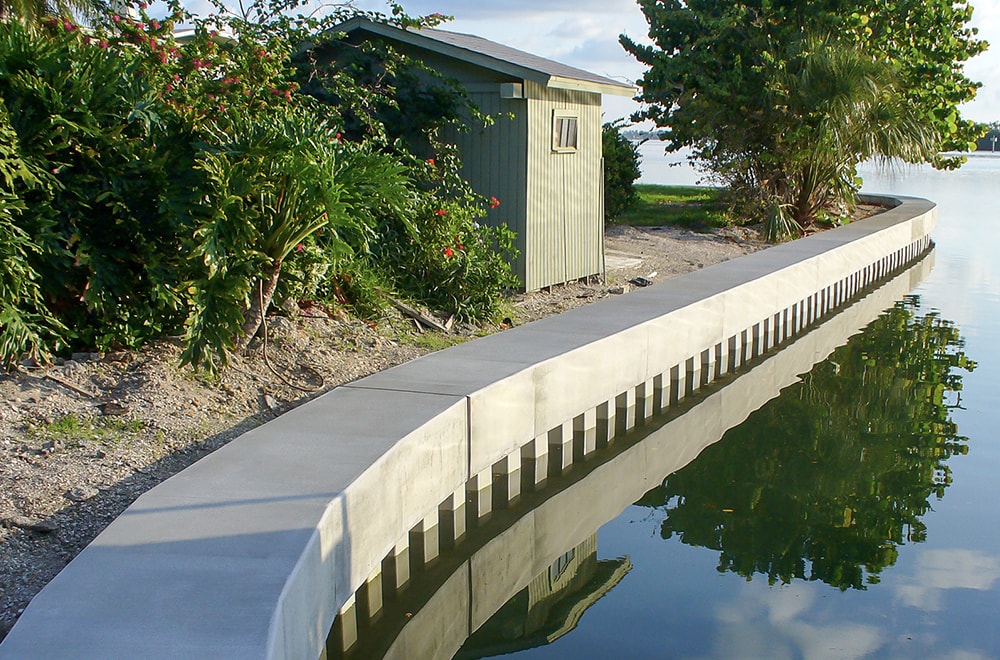
While initially thought to be a solution, breakwaters actually cause more erosion damage to waterfront properties than their construction costs justify. On the other hand, seawalls are a barrier that is customized to prevent erosion on your waterfront property and in its specific surrounding environment.
Find out how to preserve your waterfront property with Duncan Seawall's high-quality materials and high-quality craftsmanship. Learn everything you need to know about effective seawall installation and maintenance in our "Complete Guide to Seawalls", designed to help you ensure that your waterfront property stays safe and well-preserved for years to come.



